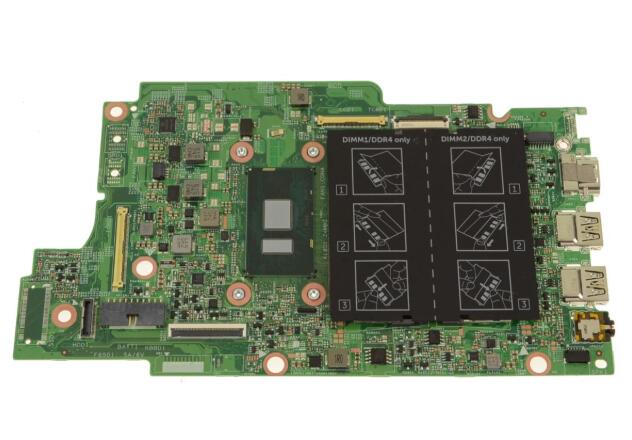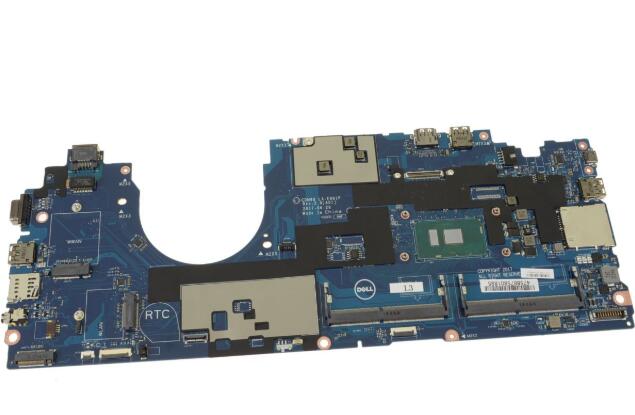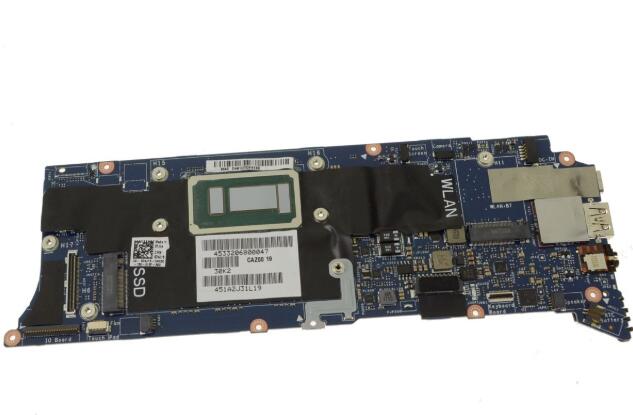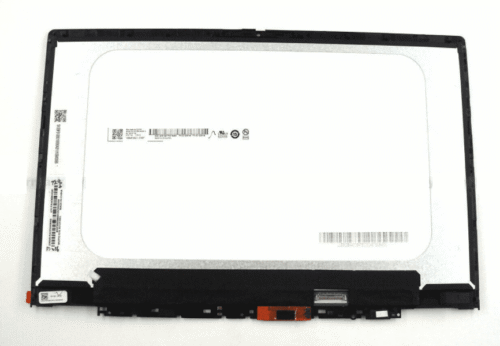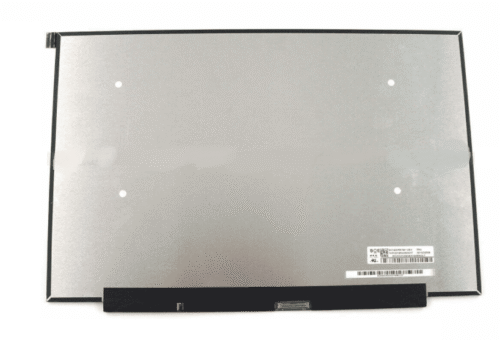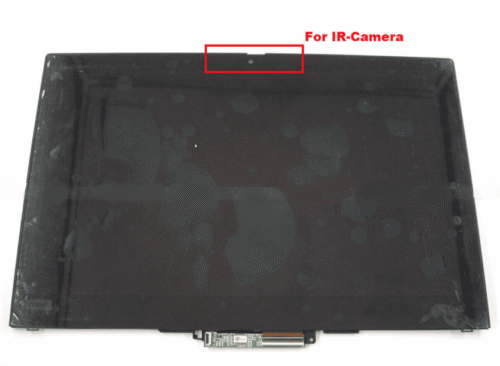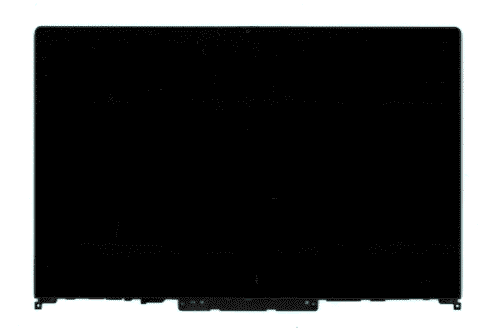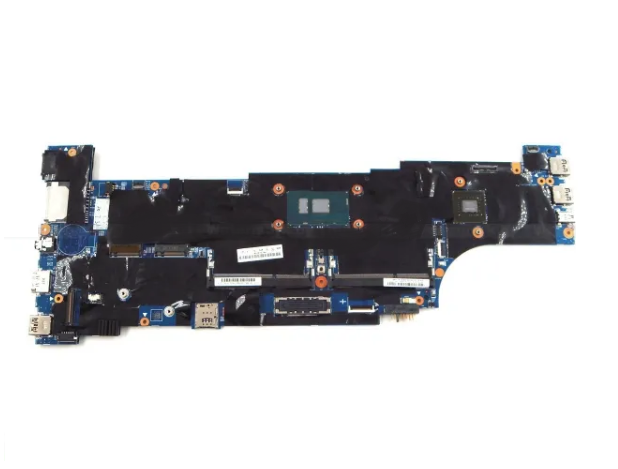
How would you diagnose a motherboard failure?
Diagnosing a motherboard failure can be a complex process, as motherboard issues can manifest in various ways and may sometimes be caused by other components. Here’s a systematic approach to diagnosing motherboard failure:
- Check for Power: Ensure that the power supply unit (PSU) is functioning correctly and providing power to the motherboard. Verify that all power connectors are securely plugged in and that the PSU switch is turned on. You can use a multimeter to check the voltage output of the PSU.
- Inspect Visual Signs: Examine the motherboard for any physical signs of damage, such as burnt components, bulging or leaking capacitors, or scorch marks. These signs may indicate a hardware failure or electrical damage.
- Perform a Power-On Self-Test (POST): Power on the computer and observe the POST process. Listen for any beep codes or look for error messages displayed on the screen. Beep codes can indicate specific hardware problems, including issues with the CPU, memory, or graphics card.
- Test with Minimal Hardware Configuration: Disconnect all unnecessary peripherals and expansion cards from the motherboard, leaving only essential components such as the CPU, RAM, and power supply connected. Attempt to boot the system with this minimal hardware configuration to isolate potential issues with other components.
- Test Individual Components: Test each component individually to identify any faulty hardware. For example, try booting the system with different RAM modules, swap out the CPU or graphics card if possible, and test the power supply unit with a known working system.
- Reset BIOS/CMOS Settings: Clear the BIOS/CMOS settings by removing the CMOS battery or using the clear CMOS jumper on the motherboard. This can help reset the BIOS to default settings and resolve certain configuration-related issues.
- Check for Overheating: Monitor the temperature of the motherboard and other components using hardware monitoring tools or BIOS utilities. Overheating can cause instability and system crashes, so ensure that adequate cooling is provided to prevent overheating.
- Test with Known Good Motherboard: If possible, swap out the motherboard with a known good one to determine whether the issue is specific to the motherboard or other components.
- Consult Diagnostic Software: Use diagnostic software tools to analyze system logs, monitor hardware performance, and identify potential hardware failures or compatibility issues.
- Seek Professional Assistance: If you’re unable to identify the cause of the motherboard failure or resolve the issue on your own, consider seeking assistance from a professional technician or contacting the manufacturer’s support service for further troubleshooting and repair options.
By following these steps and systematically testing each component, you can effectively diagnose motherboard failures and take appropriate measures to resolve the issue.

